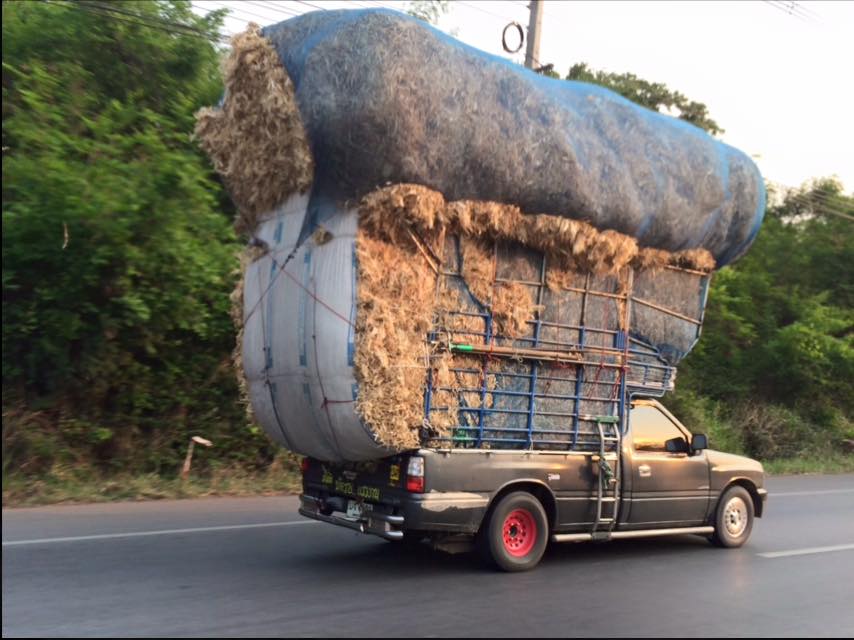Pickup trucks are an important component of Thailand's automotive environment, having a lengthy history and a substantial effect on the country's economy and culture. These adaptable and long-lasting vehicles serve a variety of functions.
Their popularity in the United States is immense, so why is it not the same in the Thai market? That is undoubtedly attributable to their inexpensive cost of ownership as well as their ability to handle the most difficult road conditions. These cars will account for 45.7% of all vehicles sold in Thailand by 2022.
In 2022, 388,296 pickup vehicles were sold in the nation. Two models in particular stood out from the crowd. This article will look at the function of pickup trucks in the Thai automotive sector (and economy).
Thailand's pickup history is one of innovation and economic success. Their popularity in Thailand began in the 1960s, when Toyota recognized a chance to capitalize on the country's rising desire for practical automobiles. At its facility in Samut Prakan, just outside of Bangkok, the firm started producing pickups, which immediately developed a reputation.
Thailand's pickup market has grown and evolved throughout time. Other manufacturers, such as Ford and Isuzu, joined the market and started manufacturing pickups there as well. These firms made significant investments in research and development in order to build automobiles that fulfilled Thai customers' requirements. This undoubtedly aided the expansion of the country's automobile sector.
Pickups are becoming an important component of Thailand's automotive scene. They are also inexpensive to acquire and maintain, which makes them a popular option for many Thais.
However, two vehicles stand out: the Isuzu D-Max and the Toyota Hilux.

These two models account for 83% of the market, with the Isuzu D-Max taking the lead for the third year in a succession. The D-Max model sold 175,425 units in 2022, giving it a 45.56% market share, while the Toyota Hilux finished in second with 148,101 units sold in the same year, accounting for 37.77% market share.
Pickup trucks are the most common kind of vehicle in Thailand. Why? One of the primary reasons is their adaptability. Pickups are used for a variety of reasons in the United States, including personal mobility, commercial usage, and working vehicles.
As a result, some of them are designed to be invincible. They are ideally adapted to the difficult road conditions seen in many sections of the nation. Furthermore, because to their open bed shape, they are great for hauling huge loads.
Pickups are also well-known for their longevity. These vehicles are engineered to withstand the hazards of regular usage and the demands of harsh working conditions. This makes them a popular option for individuals looking for a dependable, long-lasting car. Having saying that, you should definitely avoid certain of them.

Another element that has contributed to pickups' appeal in Thailand is their inexpensive cost of ownership. These cars are reasonably priced, and they are also reasonably priced to maintain. As a result, they are inherently attractive to a large number of individuals. All of these aspects have contributed to their status as a cornerstone of the Thai automotive scene.
The automobile sector contributes significantly to the Thai economy, and pickups make for a sizable share of overall vehicle sales. This has aided the industry's expansion by offering job opportunities and drawing investment from other areas. The popularity of pickup trucks in Thailand has also influenced commerce, with many of these vehicles exported to other nations throughout the globe.



















